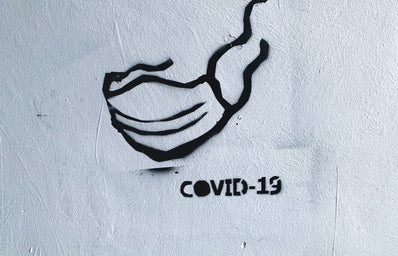As of now, India has a total of over 18.3 million COVID cases and over 200,000 deaths. These figures have marked India as having the world’s worst infection total this year, with one COVID-19 related death being reported every 5 minutes.
How did the situation get this bad? Prior to April 2021, India’s number of cases never rose over 90,000 cases a week–a stark contrast compared to the 346,000 cases reported throughout the week of April 21st. But limited data shows that the current crisis most likely spread from more-transmissible variants of COVID. In addition, poor leadership contributed to the spread: Prime Minister Modi and his officials held mass rallies during India’s election season. These rallies easily became super-spreader events, which led to thousands of more deaths and a spike in infection rates.

As someone who has most of my relatives, including my grandparents, in India at the moment, it’s terrifying for me to simply sit and watch in a completely different continent. Luckily, there is hope for India’s speedy recovery. The US, Russia, Bangladesh, and Pakistan are some of the many countries who have offered support. Oxygen generators and other supplies are being sent from these countries to help. PPE equipment, test kits, ventilators, and more are currently being sent over as emergency disaster relief to curb India’s second wave.
Although it may take months for India to start receiving vaccinations at a high rate (only 9% of the population has received at least one vaccine dose), we can only hope the influx of supplies from other nations will be enough. Meanwhile, even though we may be separated from India by thousands of kilometers, we can still help.


I wholeheartedly encourage you to spread awareness about India’s current situation and consider donating to any of these organizations if you can. With all of our efforts, even the smallest ones, we will be able to help.



